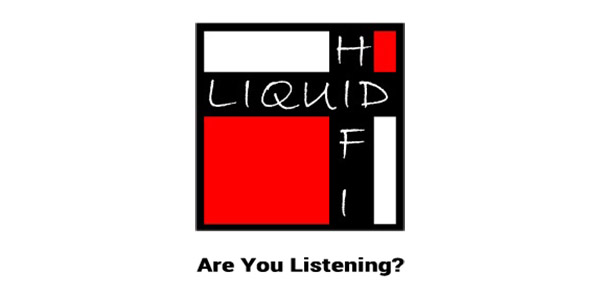In addition, the Pinnock performances are exceptionally well recorded, presenting a realistic soundstage with natural separation and spacing. But you can’t get over the thin vinyl and the fact that the original pressings were almost certainly cut using Teldec EQ, rather than RIAA. Compared to the best that Decca, Columbia, and Mercury had to offer from the 1950s and 1960s, and largely because of their insistence on the Teldec curve, it’s easy to get the impression that DGG’s recording engineers were decidedly second rate – a tragedy given the quality of their artists. However, like the other reissues released under The Original Source program, this new pressing demands a reevaluation. Cut using the RIAA EQ (like all 21st C. LPs) instrumental texture is improved; instruments have more body, weight, and dimensionality, the overall acoustic is better defined and far more coherent; as a result, the sense of musical shape and flow is dramatically improved.
Like the Violin Concertos, this repertoire suffers stiff competition from the digital age. Two of the best played and best sounding versions of the Suites are available only in digital form. Freiburger Barockorchester recorded the Suites for Harmonia Mundi in 2011 at the Paulussaal in Freiberg, and their interpretation and sound rivels Pinnock. Jordi Savall, conducting his Le Concert Des Nations, recorded the Suites for Alia Vox in 2012. Savall always has something important to say, and the recording certainly shows what SACD can achieve in terms of sound quality.
One of the beauties of Bach performance is that so many questions exist about performance style, for which no definitive answer exists. At the time, performers retuned their instruments or rearranged pieces to suit circumstances – which is one reason why so many of Bach’s compositions exist in multiple forms, often for completely different instrumentation. These three interpretations each sound “right” in their own way. As much as I like the Savall performance, I find the over-miked timpani distracting. The Pinnock vinyl has the best overall sound — with more air, a higher and deeper soundstage and more space between the instruments. But something about the Freiburger’s performance just hits the mark. At least, it does for me. If I had to choose just one, I’d take that’s the disc I’d be taking to my desert island.
Fortunately, I don’t have to limit my appetite for Bach’s secular music, so my island will remain graced by all three of my favorite Orchestral Suites, while having thrown my Karl Richter discs overboard, I still have space for the Harnoncourt performances. In addition, it allows me to reserve space for multiple versions of the Violin Concertos. One thing is clear—the new pressings of the Ibragimova Violin Concertos and The Original Source reissue of Pinnock’s Orchestral Suites are treasures that I will turn to many times in the years to come.


